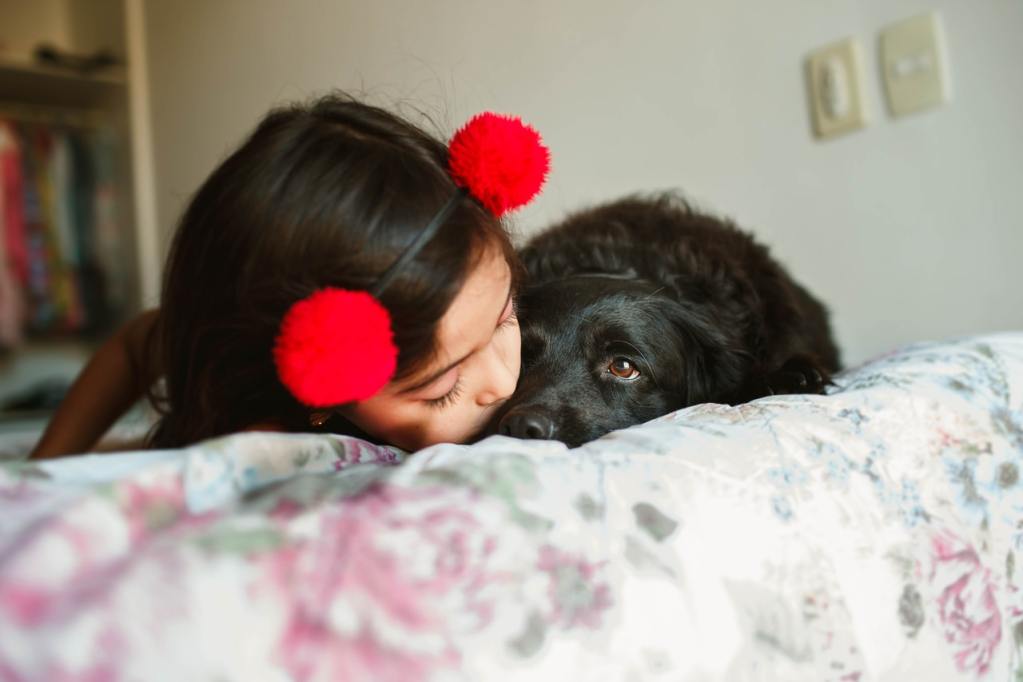Pests in your home are not only a downright yucky problem, but one that can cause damages to your home or even health risks to your family. If you’ve noticed a pest problem in your home, you may already be developing a plan for extermination. Whether you’re whipping up a DIY fix to your pest invasion or you’ve contacted a professional exterminator, there are some things to think about when it comes to pest control safety and protecting your family and your pets.

Consider non-chemical preventative measures first
When it comes to pest control for families with small children and pets, the ideal solution to your pest problem is one that doesn’t require harsh chemicals. Depending on the severity of the pest invasion, you may be able to eradicate the problem with some sessions of heavy cleaning. Remove exposed food items, place them in airtight containers, get rid of built-up clutter, and thoroughly clean affected areas. You can even do a bit of research into how to repel or kill your specific pests with natural methods. Black pepper and peppermint, for example, are natural ant repellants, and they are perfectly safe for people. Note, however, that even some of these natural repellants are toxic to pets, so check the ingredients label and with your vet to make sure you’re picking products safe for your furry friend.
Inform the pest control company
If you’re bringing in a professional, inform them in advance of the presence of small children or pets in your home. They may have alternate chemical options that can be used, or they may alter their extermination plan based on the presence of animals and children. Most importantly, they will have some cautions or advice for you when it comes to treating specific areas of the house where your pets and kids tend to hang out. It’s always best to discuss the plan in full with the pest control company to ensure your family is safe from toxins.
Discuss your plan with the family doctor and the vet
In cases where large-scale fumigation will be required, it’s a good idea to contact your family doctor as well as your veterinarian about the upcoming pest control treatment plan. Discuss which chemicals will be used and ask the doctor what warning signs to look out for that may indicate ingested or inhaled chemicals. Knowing the signs will allow you to respond quickly if the worst happens and your family is overexposed to harmful chemicals.

Temporarily remove pets and children if possible
Small children and animals are curious creatures, and it can be difficult to predict their behavior at times. If you’re not confident you’ll be able to monitor and prevent your kids and pets from being exposed to the treated areas of your home, consider having a family member or friend take them in for a few days. Having the most vulnerable members of your family out of reach of the harmful chemicals may be the best route to ensure safety.
Remove all consumables and toys from the area
Before starting pest control treatment, be sure you’ve removed any items that pets and kids will consume or handle from the area that will be treated. This includes toys, blankets, pillows, food, and food dishes. Removing these items from the area completely will remove the chance of these items retaining any chemicals post-treatment. This will remove any risk of harmful exposure once the little ones have contact with the items.
Place traps and baits wisely
Pest baits and traps tend to contain sweet-smelling, food-like substances. This will undoubtedly attract your pets in particular. Your toddler might even be interested in a new-looking device that has popped up. Unfortunately, you may not have much of a choice regarding which rooms and areas will require pest traps and baits. However, remember that these pests can access areas that your pets and kids can’t, so placing the traps in areas you can restrict access to is a good idea. The insides of cupboards and underneath furniture are wise options for traps and baits.
Restrict access to treated areas
If possible, it’s a good idea to cut off access to the treated rooms entirely. Using a dog or baby gate or even shutting the door to the room completely while treating a particular room will go a long way in preventing pets and small children from being exposed to the harmful chemicals being used.
When it comes to your family’s safety, you don’t want to take any risks. While pest control chemicals are often necessary, you are not helpless in keeping your family out of harm’s way. Preventing exposure really comes down to preparation. Discuss the risks and preventative measures with the professionals, prepare the space that will be treated, restrict access to the treated areas, and your kids and your pets will be far less likely to be exposed. A pest problem brings enough stress. Knowing your family will be safe from harm while addressing the problem will bring you great peace of mind.



